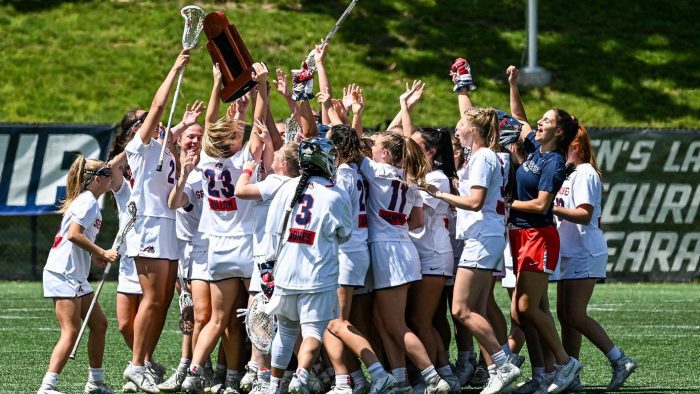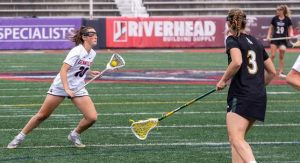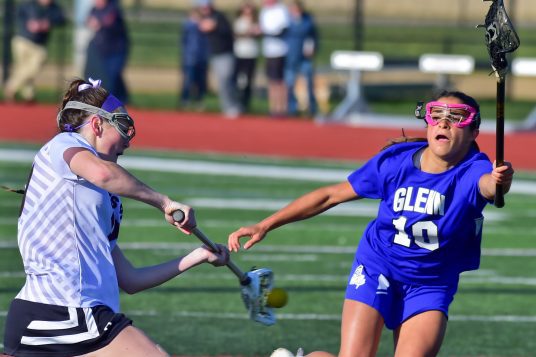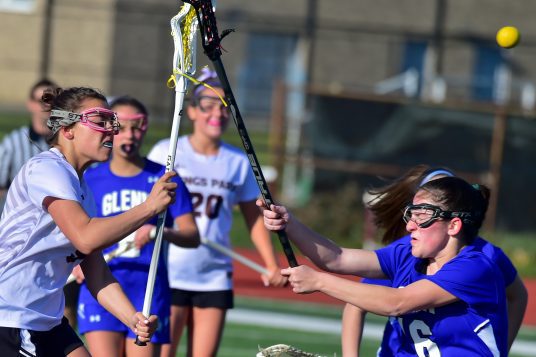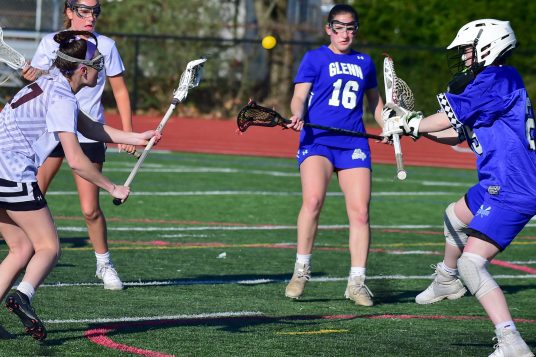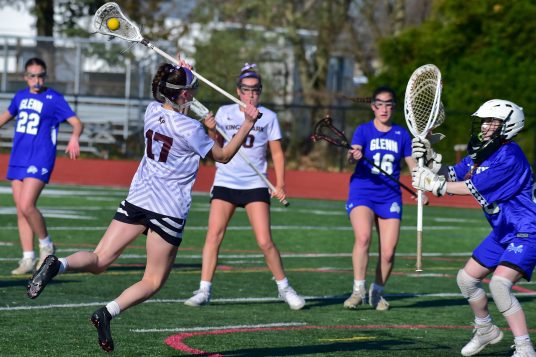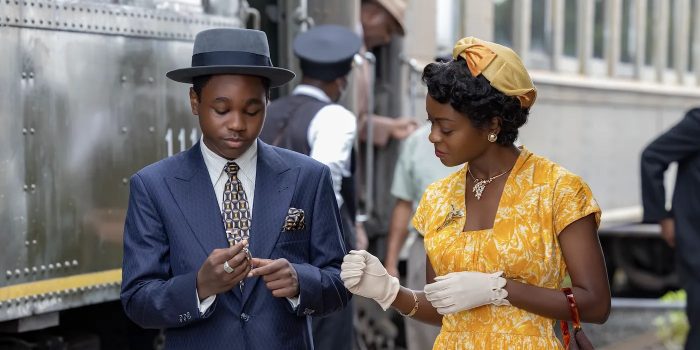Reviewed by Jeffrey Sanzel
On August 28, 1955, while visiting family in Money, Mississippi, Emmett Till, a fourteen-year-old African American, was lynched for allegedly flirting with a white woman four days earlier. His assailants—the white woman’s husband and his brother—made Emmett carry a seventy-five-pound cotton gin fan to the bank of the Tallahatchie River and ordered him to take off his clothes. The two men beat him nearly to death, gouged out his eye, shot him in the head, and then threw his body, tied to the cotton gin fan with barbed wire, into the river.
The brutal and brilliant Till tells the aftermath of this horrific, racially motivated murder. Under Chinonye Chukwu’s flawless direction (from a taut screenplay by Chukwu, Keith Beauchamp, and Michael Reilly), the film’s relentless two hours tell the harrowing story with unflinching rawness.
Till follows Emmett’s mother, Mamie (Danielle Deadwyler, delivering the year’s best performance), as she struggles with the inconceivable death of her son, Emmett (beautiful Jalyn Hall), and her attempt to find justice in a system stacked against her.
Till opens in Chicago to the strains of “Sincerely.” Mamie, tense but hopeful, drives Emmett to a department store, preparing him for a visit to his cousins in Mississippi. There she encounters the subtler racism of the North, a harbinger, but in no way fully a reflection, of what is to follow. Excited for the next day’s journey, the normally stuttering Emmett—endearingly called Bobo by his family—sings along with a Bosco commercial, showing how he has overcome the stammer. The simple, exquisite moment reflects a boy who has been raised with love and support by his war-widowed mother. Emmett is goofy, wide-eyed, and innocent — in short, a child trusting the world to be a good place.
Concerned by what he might encounter, Mamie warns Emmett “to be small down there.” The next day, the Black passengers move to the back cars when the train crosses into Mississippi. The next time we see Emmett, whimsical and outgoing, he is picking cotton with his cousins. They, like his mother, warn him that he should be careful. While in a general store that caters to the Black community, Emmett compliments the clerk, Carolyn Bryant (Haley Bennett), telling her that she looks like a movie star. Delighted, he shows her the picture that came with his new wallet. Bryant follows him out of the shop, where he naively whistles at her with a sweet smile. Bryant chases him and his cousins away at gunpoint.
Three nights later, her husband and brother show up at the cousins’ house and drag Emmett out, also at gunpoint. Chukwu chooses not to show the torture and murder. Instead, a lit shed and Emmett’s cries are seen and heard from a distance. The choice amplifies what must have been the child’s fears in his final hours.
Mamie receives news of his kidnapping, but it is several days before his body is found and his fate is revealed. Eventually, in a slow and heart-rending process, Mamie shifts from mother-in-mourning to activist. Her first fight is to have her son brought home for burial. After seeing his mutilated body, she decides that the strongest action is to have a public viewing. When told that Emmet is in no condition to be seen, she counters that he is in just the right shape and that the whole world must see. She leans over the open casket and whispers: “You’re not just my boy anymore.”
Following this, supported by her estranged father (gentle Frankie Faison), she bravely goes South for the trial: her purpose is to confirm the body’s identity so that the defense cannot claim it was not him. Knowing the danger in testifying—that she will also be on trial—does not deter Mamie’s desire for even a modicum of justice.
In the South, as in Chicago, she encounters members of the NAACP with whom she eventually connects, most notably the Civil Rights activists and voting rights champions Medgar and Myrlie Evers (Tosin Cole and Jayme Lawson, both strong). In 1963, Medgar was assassinated in front of his wife and children.
In Till, Chukwu tells Mamie’s story through her eyes. For most of the film, she shows Deadwyler alone or singly framed, highlighting Deadwyler’s extraordinary portrayal and Mamie’s isolation. Mamie’s all-encompassing love and bottomless pain are present in the brittle silences and the primal screams. Whether sharing a moment of anguish with her fearful and guilt-ridden mother (outstanding, understated Whoopie Goldberg), confronting her cousin, Moses (conflicted and dimensional John Douglas Thompson), or silently watching Bryant hold her son during the trial, Deadwyler’s work is haunting and indelible. Watching her see the crate with Emmett’s casket taken from the train or holding his last, unfinished letter are searing moments of terrible power.
From Mamie’s entrance to the courthouse—callously patted down by a smirking guard—to the prosecuting attorney refusing to shake her hand—to Bryant’s outright perjury, the trial is a forgone conclusion. How can there be an honest application of the law when the entire jury look like the perpetrators? Or when the sheriff states it is a hoax perpetrated by the NAACP, and Emmett is in hiding? The vicious, virulent, and even casual racism looms throughout. Yet, the hate and ugliness are matched by the dignity, sensitivity, and desire for change of those surrounding and supporting Mamie.
Till is not a movie of the week, a procedural drama, or a John Grisham novel. Till is not about just one wrong verdict but thousands over years of oppression and bigotry. Any attempt to fully describe this film is difficult and feels somehow disrespectful. However, silence is never an option. It is easy to bandy the word “important” to the point where it loses weight and meaning. But Till is important—an exceptional film that must be seen.
Coda. The Emmett Till Antilynching Act makes lynching a federal hate crime. It was signed into law on March 29, 2022 … sixty-seven years after the murder of Emmett Till.
Rated PG-13, the film is now playing in local theaters.








